How Destiny 2 Year 4 brought us the best stories in the franchise's history
Destiny 2 has transformed its storytelling by redeeming its villains
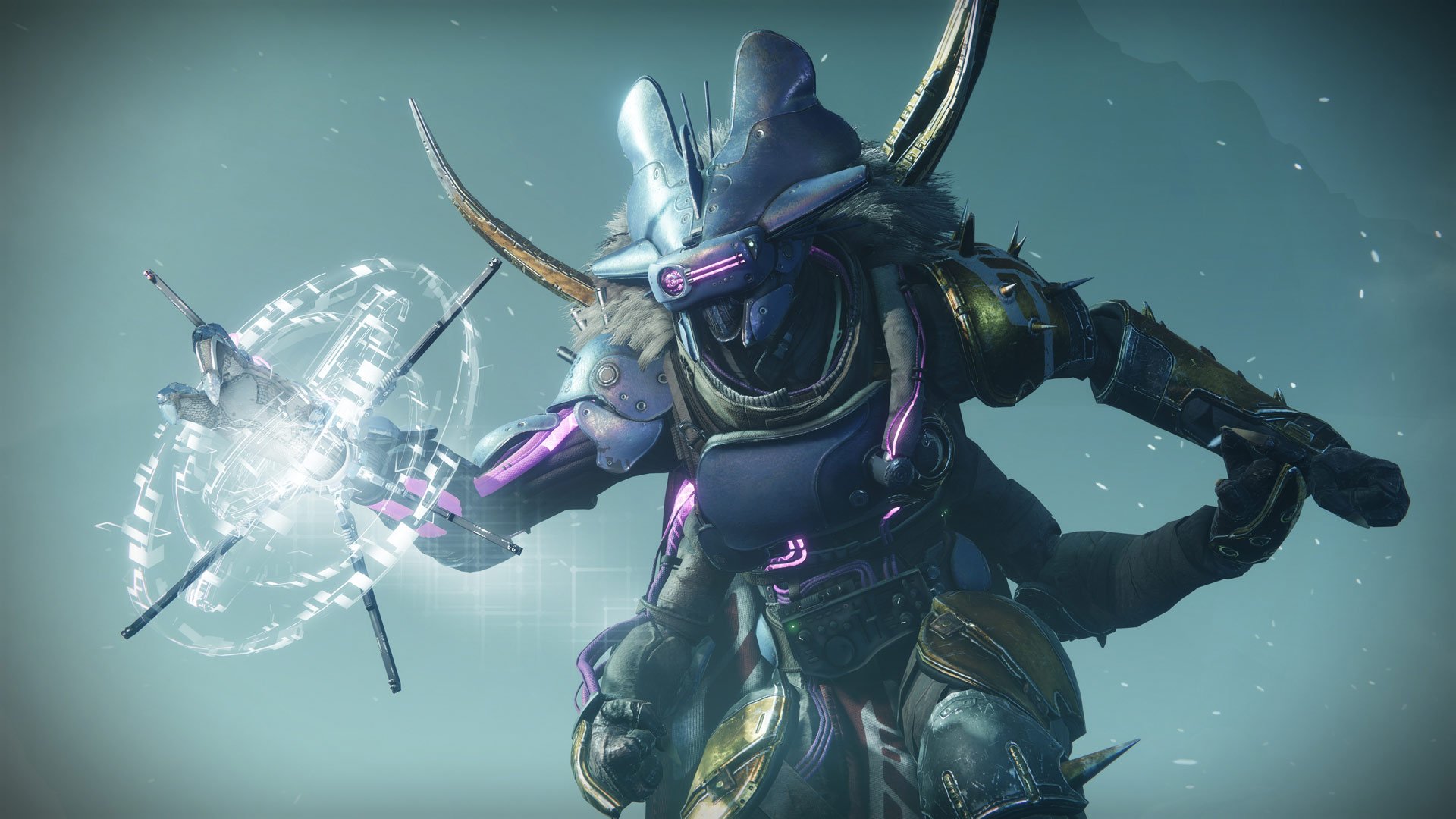
Destiny 2 followed roughly the same pattern for three years: expansions would deliver short, self-contained stories about toppling a big bad, and seasons would bring one-off stories stretched so thin that you could see your hand through them if you held one up to your face. The world of Destiny has always been a winner, but its stories have often been left to shrivel on the vine, unresolved and ultimately unimportant in the long-run. That changed this year.
It feels like Destiny 2 is finally capable of maintaining the "evolving world" that Bungie has talked up for two years. The ongoing Season of the Splicer has cemented that for me, but I'd say this upward trend started back in November with Destiny 2: Beyond Light.
The trend behind the villain
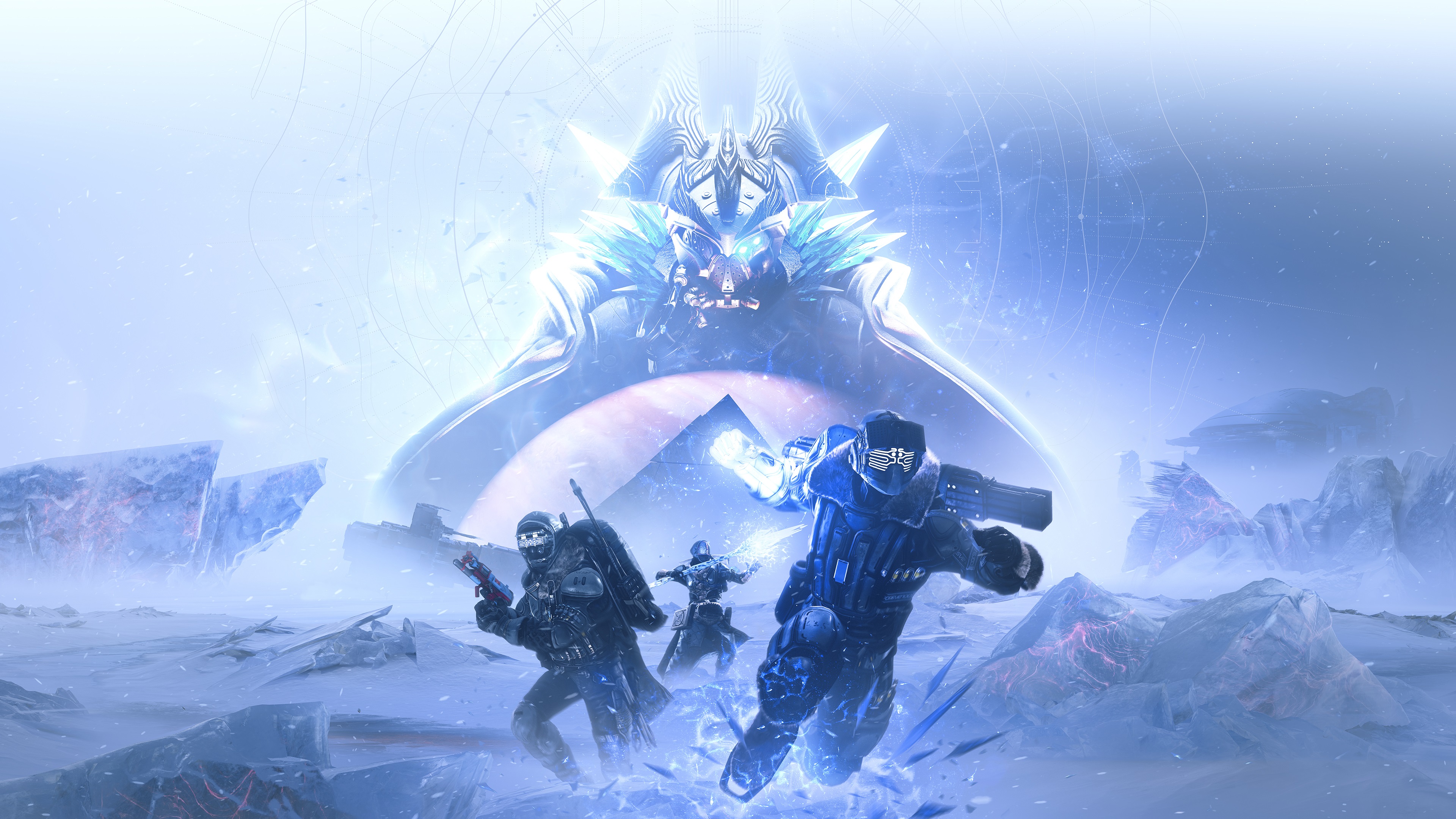
In Eramis, the lead antagonist of Beyond Light, we see what Destiny 2 used to settle for. A villain walks up out of nowhere with an evil plan, an evil power, and an evil army. We sit through increasingly mad ranting for a few hours while picking off henchmen, just as we did in Forsaken with the Scorn Barons, and then take 'em out. Bam, job done. And so, Eramis is instantly forgotten by everyone involved.
Fortunately, Beyond Light was about more than Eramis. It was also about the Fallen, or rather, the Eliksni. Fractured by an obsessed warlord, the Eliksni faced infighting between factions, with those uninterested in Eramis' promises struggling to flee Europa. I still remember working with Variks to protect Eliksni refugee ships in one mission. Suddenly, the Fallen were depicted as much more than one of the four main enemies with which we've papered the walls for years. And with this we began to see a clear distinction between the innate malice of the Hive and Vex and the more nuanced Fallen and Cabal.
Beyond Light not only reinforced the relatable humanity of the Eliksni, but through the return of Variks, it also demonstrated Bungie's willingness to revisit old characters and plot points in meaningful ways. This trend continued in the Season of the Hunt, which rolled out alongside Beyond Light and revived one-time Forsaken baddie Uldren – literally and figuratively. Uldren was reborn as the Guardian Crow, kicking off one of the most interesting and valuable character studies in Destiny history. Crow was more than a redemption arc on legs; he was an acid test for what a Guardian is and can be, and he was the first of many unlikely allies to come in Year 4.
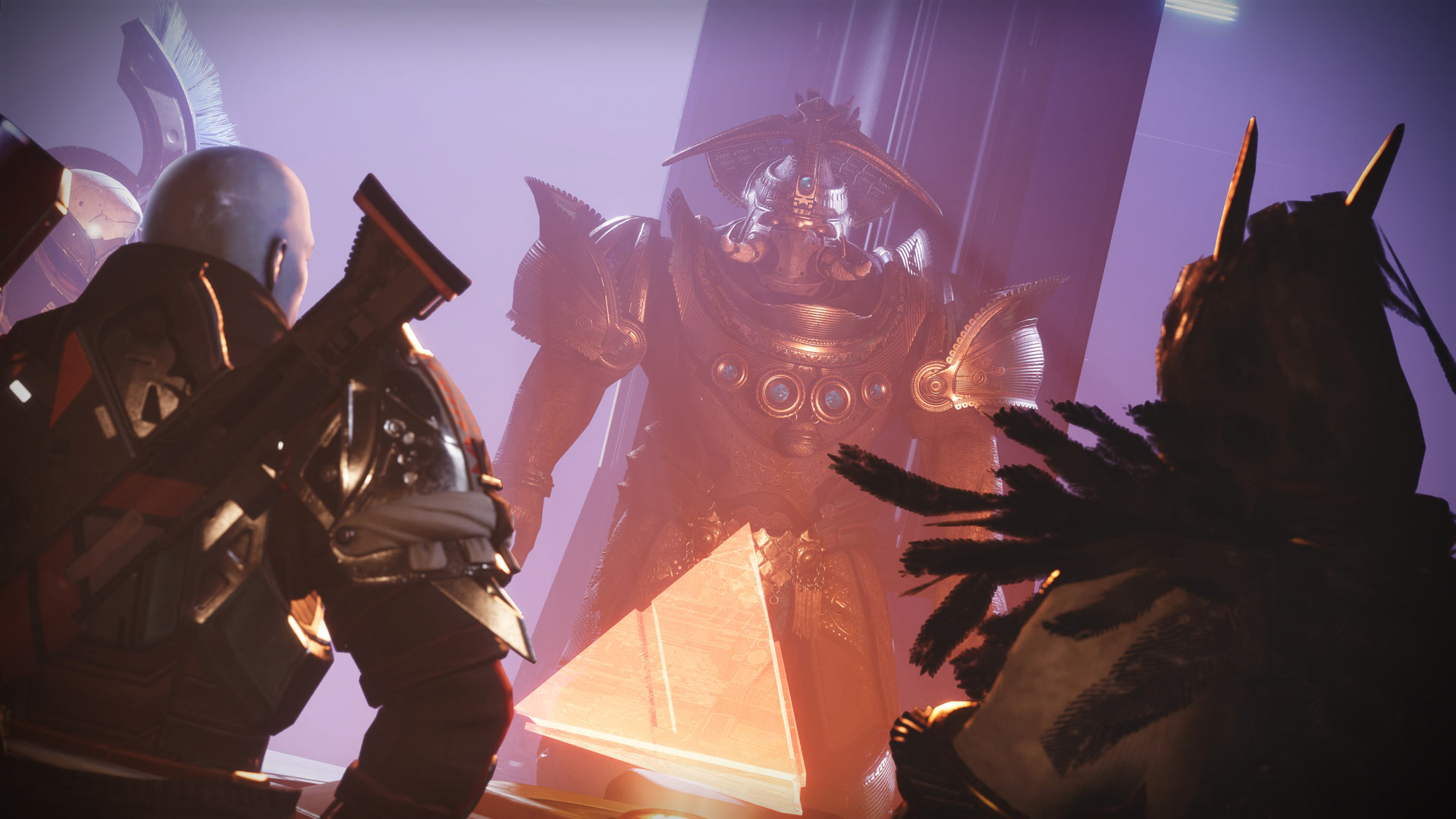
We found another ally in the Season of the Chosen: Caiatl, Cabal empress and daughter of Destiny 2's first raid boss, Calus. Predictably, the Season of the Chosen started with the Vanguard and Caiatl at each other's throats. But every week, the two parties found more and more common ground and mutual respect. And then, the climax: during a ceasefire meeting between Caiatl and Zavala, a faction of Cabal attempts to assassinate the Titan Vanguard (for the second time this season, by the way). Crow jumps in to save Zavala, and Caiatl is genuinely livid over her kind's betrayal.
There's so much to love about this moment, and I'm not just talking about the poignant cinematic reference to Uldren's death. It proves that the Cabal, like the Fallen in Beyond Light, have inner workings of their own, and that they aren't always on the same page. After years of casually devouring planets like cartoon villains, the Cabal are assigned a conscience. It brings closure and acceptance for Crow, who's long struggled to reconcile his past self and his new path. With this, Uldren is truly buried, and one of Forsaken's most infamous cliffhangers is resolved. And just as importantly, this moment proves that the Cabal, whose Red Legion declared war on the Light at the start of Destiny 2 (in a campaign which has been lost to the Destiny content vault), can work with Guardians.
Sign up to the GamesRadar+ Newsletter
Weekly digests, tales from the communities you love, and more
Enemies and allies
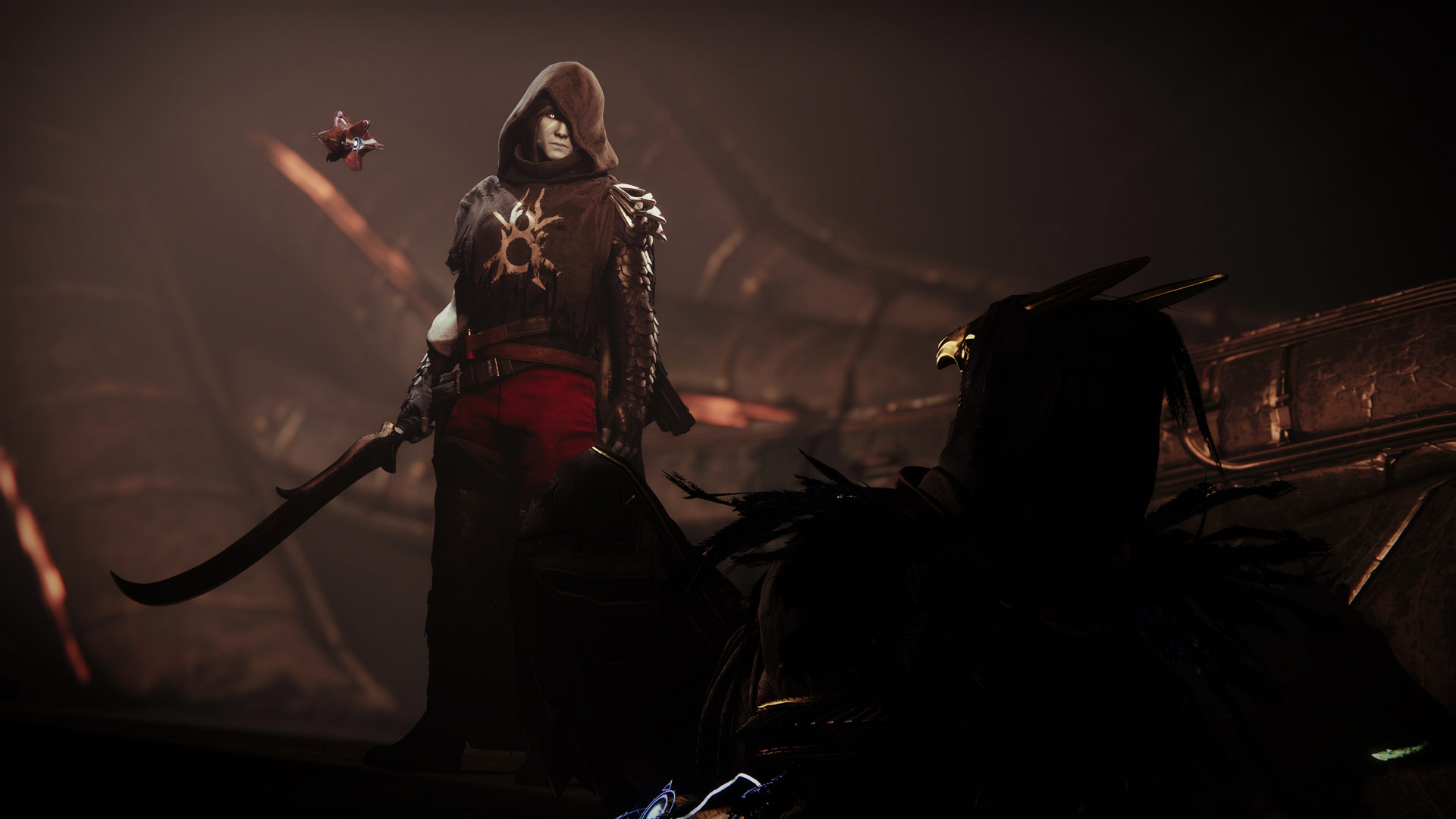
Finally, we're caught up with the Season of the Splicer, which has built on everything from the past two seasons in exciting ways. The Eliksni are back and more relatable than ever (in no small part because they've given us our first look at Fallen babies). Mithrax, who we previously rescued in an unassuming side quest on Titan and fought alongside in the Zero Hour mission, returns as a liaison between the Vanguard leaders and the House of Light sheltering in the Last City. Mithrax is also an essential ally in our virtual fight against the Vex, who've threatened the Last City with eternal darkness.
This season has also examined Guardians more critically than ever before. At this point, there's little doubt that Future War Cult leader Lakshmi-2 is stark raving mad and so irredeemably prejudiced that she makes Bioshock Infinite's Comstock look well-reasoned. With every line, she digs an even deeper hole for herself and her faction, embarrassing all Guardians and worsening the already frayed relationship with the House of Light.
Lakshmi-2's methods and messages are so comically reprehensible that they're easily dismissed – when you're not on the receiving end, anyway. However, it's impossible to gloss over how the Eliksni perceive Lakshmi's rhetoric and Guardians as a whole, and there's no clearer touchstone than Mithrax's account of Saint-14 – the now-famous bedtime story of the Saint. This cutscene reminds us that the Eliksni didn't abruptly gain emotions and intelligence in Beyond Light; there were always Fallen bystanders, refugees, and non-combatants, but not in the eyes of the Vanguard or Saint-14, who dutifully gutted Fallen societies in past wars.
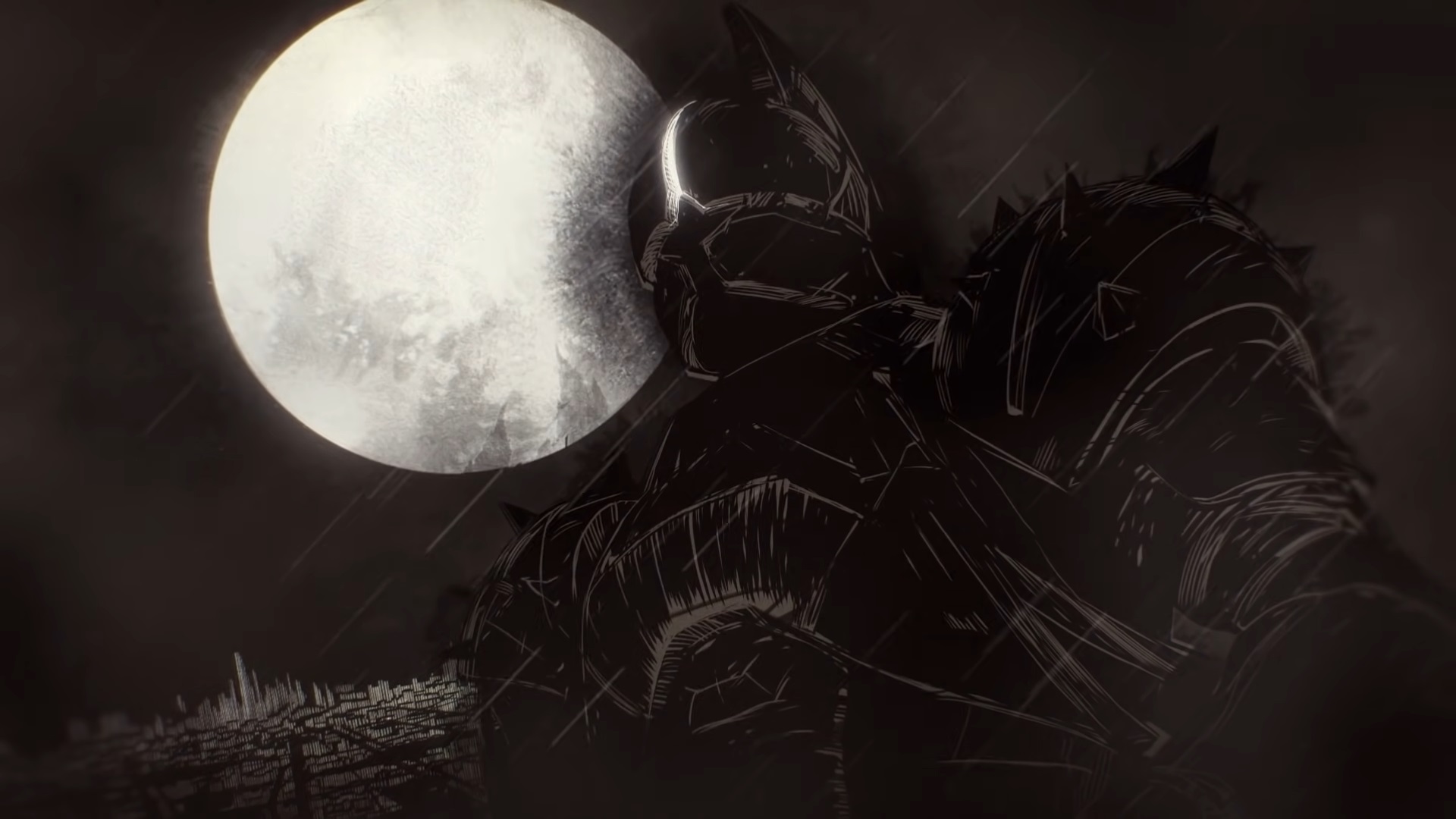
There is a lot to unpack here, but narratively, I'd say the important takeaway is that this screams a message Destiny 2 has been whispering for over a year: Guardians are not flawless heroes. We are monsters to many and there are many among us who even we would call monstrous. And so, following up on Crow's introspection, Guardians join the growing duality gang. But while the Fallen and Cabal have become more than just bad guys, Guardians are now unabashedly treated as less than good guys.
Through carefully layered ideas and masterfully redeemed villains, Destiny 2: Year 4 has turned a simple black-and-white universe into a gripping world of grays, and it's blown the storytelling of every full-fat expansion out of the water in the process. The crazy part is that I get the feeling it's just getting started. The past few weeks have brought revelation after revelation, and with Taken orbs now infesting the Tower, the only faction missing from this whirlwind is the Hive – you know, the focus of the upcoming Witch Queen expansion starring Savathun, who seems to be working behind the scenes already.
Year 4's seasonal stories are not only internally connected and individually satisfying, they're also rolling out the red carpet for bigger events to come. So for the first time ever, I'm not worried how Destiny 2 seasons will match the hype of the latest expansion; I'm curious how the next expansion will follow up on the hype of the seasons. No more forgettable snacks waiting for the good stuff; this is the good stuff, and it's only getting better.

Austin has been a game journalist for 12 years, having freelanced for the likes of PC Gamer, Eurogamer, IGN, Sports Illustrated, and more while finishing his journalism degree. He's been with GamesRadar+ since 2019. They've yet to realize his position is a cover for his career-spanning Destiny column, and he's kept the ruse going with a lot of news and the occasional feature, all while playing as many roguelikes as possible.


